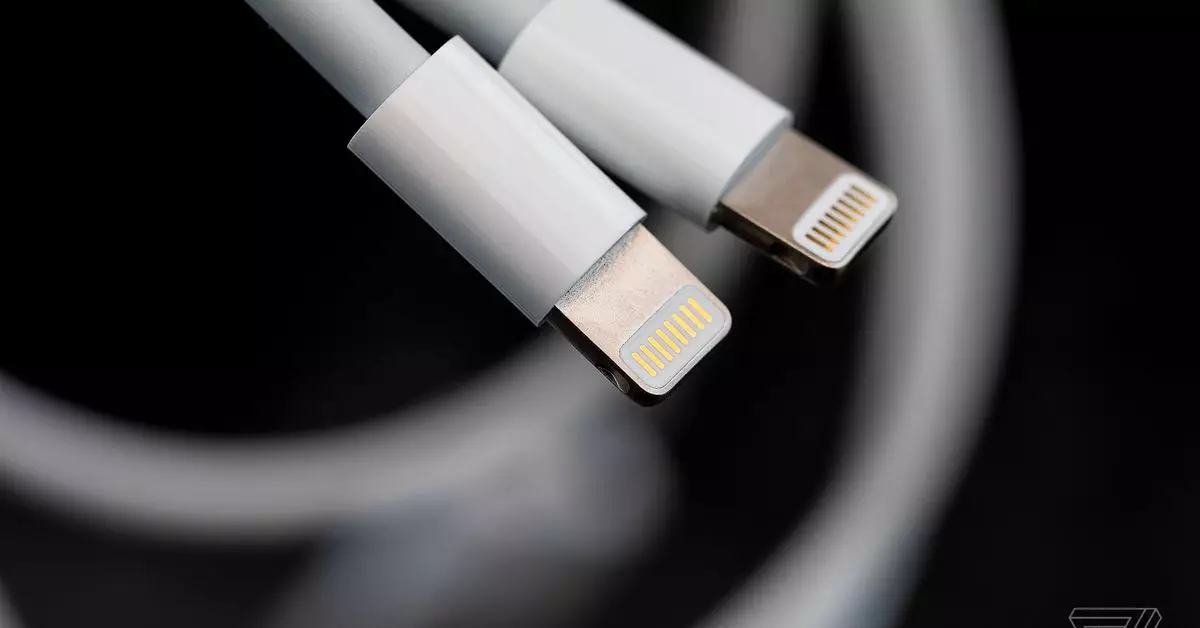In a significant move reflecting the evolving landscape of technology and environmental accountability, Apple has ceased the sales of its iPhone SE and iPhone 14 series in Europe. This departure signifies the end of an era for the company’s proprietary Lightning charging port in response to the European Union’s efforts to standardize charging solutions. The implementation of EU Directive 2022/2380, which aims to reduce electronic waste and streamline market offerings, has officially initiated a shift towards the USB-C charging standard across a multitude of electronic devices.
This regulatory push is more than just a change in connectors; it’s also a clear indication of the EU’s commitment to sustainability and consumer clarity. The move to USB-C is anticipated to lessen the environmental impact caused by e-waste, a growing concern as discarded chargers and cables clutter landfills. The European initiative is built around creating a more cohesive market where consumers can expect consistency across their devices, ultimately making life simpler and reducing the need for multiple chargers.
A recent investigation by The Verge highlighted that Apple’s iPhone SE, iPhone 14, and the Lightning-based Magic Keyboard have been officially withdrawn from stores in several EU member countries, including The Netherlands, France, and Germany. Interestingly, these devices continue to be available in regions outside of Europe, like the United States, indicating a clear distinction in regulatory environments. This strategy not only underscores the disparity in charging standards globally but also hints at the challenges posed by regional regulatory variances in product offerings.
Consumers in the EU can expect a brighter future as the directive mandates not only USB-C compatibility but also adherence to the USB Power Delivery (USB PD) standard for fast charging capabilities. This ensures that devices are more versatile and efficient, with a transparent approach toward their power requirements. Enhanced labeling will afford users the knowledge they need to make informed decisions, thus empowering them in their purchasing journeys.
As we look ahead, speculation has begun to arise about the introduction of a new iPhone SE, rumored to feature USB-C along with other upgraded specifications, including an OLED display, predicted for 2025. This hint of innovation aligns seamlessly with the evolving technological landscape, suggesting that Apple is willing to adapt to the demands of modern consumers while staying ahead in the competitive market.
The transition away from the Lightning connector signifies a pivotal moment not just for Apple, but for the entire tech industry. As companies reevaluate their strategies in anticipation of evolving regulations, the forthcoming years promise to be a period of substantial transformation, where standardization may pave the way for greater convenience, sustainability, and a unified user experience across devices. The EU’s initiative could inspire other regions to consider similar regulations, potentially leading to a global shift in how we connect and power our devices.

